Skin and gut imprinted helper T cell subsets exhibit distinct functional phenotypes in central nervous system autoimmunity
- PMID: 34099917
- PMCID: PMC7611097
- DOI: 10.1038/s41590-021-00948-8
Skin and gut imprinted helper T cell subsets exhibit distinct functional phenotypes in central nervous system autoimmunity
Abstract
Multidimensional single-cell analyses of T cells have fueled the debate about whether there is extensive plasticity or 'mixed' priming of helper T cell subsets in vivo. Here, we developed an experimental framework to probe the idea that the site of priming in the systemic immune compartment is a determinant of helper T cell-induced immunopathology in remote organs. By site-specific in vivo labeling of antigen-specific T cells in inguinal (i) or gut draining mesenteric (m) lymph nodes, we show that i-T cells and m-T cells isolated from the inflamed central nervous system (CNS) in a model of multiple sclerosis (MS) are distinct. i-T cells were Cxcr6+, and m-T cells expressed P2rx7. Notably, m-T cells infiltrated white matter, while i-T cells were also recruited to gray matter. Therefore, we propose that the definition of helper T cell subsets by their site of priming may guide an advanced understanding of helper T cell biology in health and disease.
Conflict of interest statement
The authors declare no competing interests.
Figures

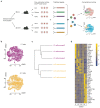
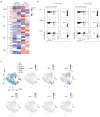
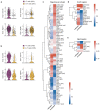



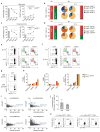
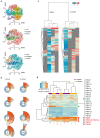
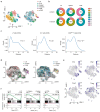

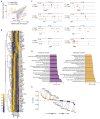
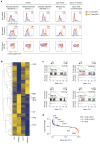

References
-
- Bielekova B, et al. Encephalitogenic potential of the myelin basic protein peptide (amino acids 83-99) in multiple sclerosis: results of a phase II clinical trial with an altered peptide ligand. Nat Med. 2000;6:1167–1175. - PubMed
-
- Sospedra M, Martin R. Immunology of multiple sclerosis. Annu Rev Immunol. 2005;23:683–747. - PubMed
-
- Roosendaal SD, Barkhof F. Imaging phenotypes in multiple sclerosis. Neuroimaging Clin N Am. 2015;25:83–96. - PubMed
-
- Berer K, et al. Commensal microbiota and myelin autoantigen cooperate to trigger autoimmune demyelination. Nature. 2011;479:538–541. - PubMed
Publication types
MeSH terms
Substances
Grants and funding
LinkOut - more resources
Full Text Sources
Other Literature Sources
Molecular Biology Databases
Miscellaneous

